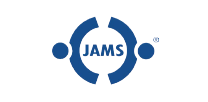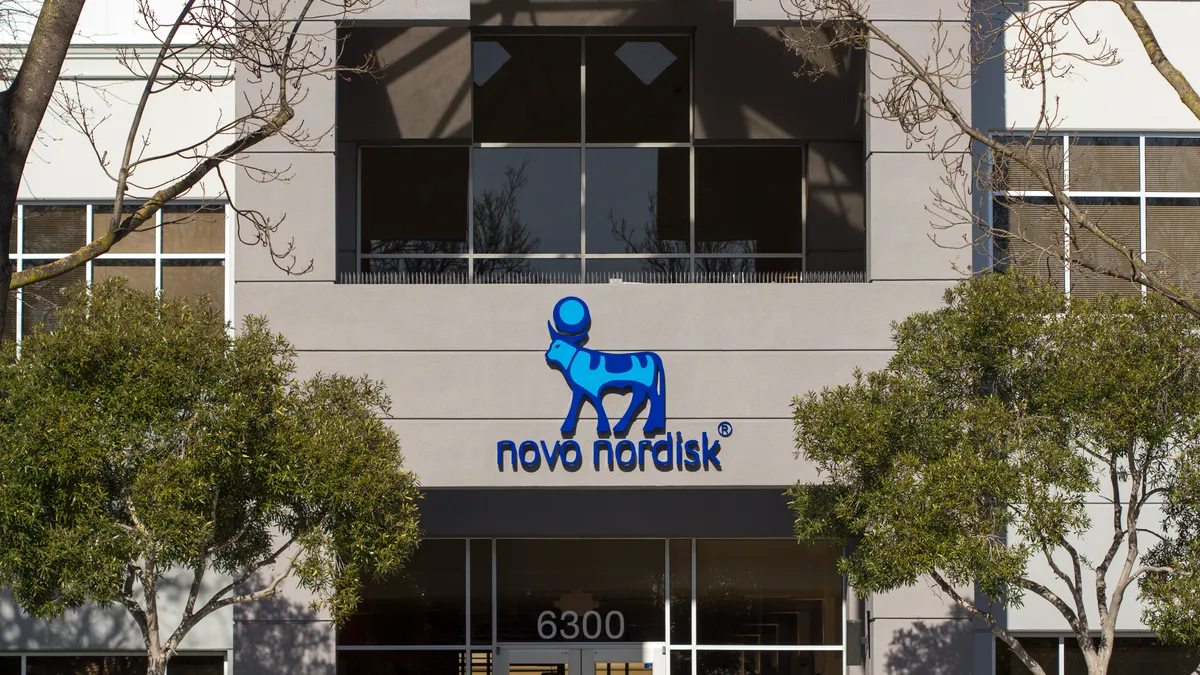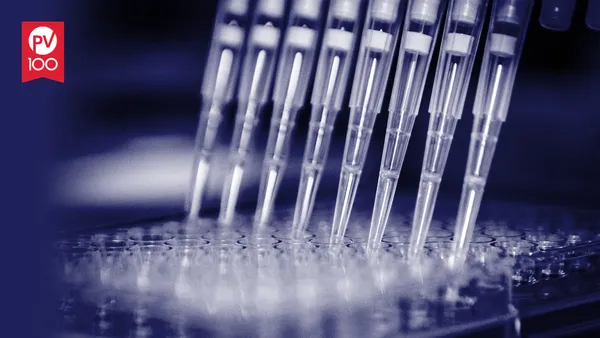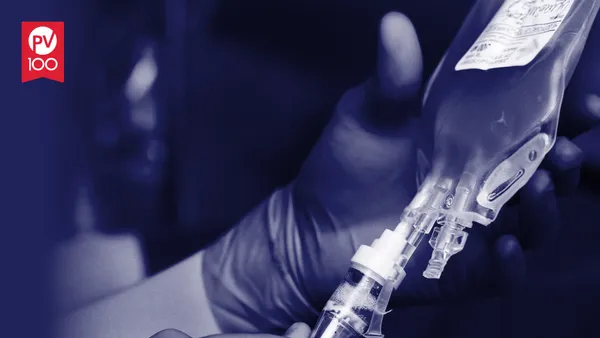 Imagine that you have multiple published and peer-reviewed clinical trials and time is of the essence to get your vaccine to market. Unfortunately, you are involved in a lawsuit for patent infringement with a competitor. Will you go to trial? What are your odds of prevailing?
Imagine that you have multiple published and peer-reviewed clinical trials and time is of the essence to get your vaccine to market. Unfortunately, you are involved in a lawsuit for patent infringement with a competitor. Will you go to trial? What are your odds of prevailing?
HAVE THE RIGHT STRATEGY
How does your life sciences case strategy appear to an experienced, neutral third party? The power and utility of neutral analysis—as with appellate reviews or mock trials—is that it offers counsel the ability to communicate with an evaluator and receive case-specific qualitative feedback. This feedback not only helps sharpen legal arguments and reduce risk, but it could also provide leverage for settlement negotiations.
What’s the best way to position your dispositive motions? How would a judge or jury respond to your witnesses and experts? What are your risks of an appeal? How do you measure the specific facts of a case against the legal arguments compared with the understanding and gravitas of an experienced jurist, who, among other things, may have previously tried similar cases on the bench?
RISK VS REWARD
When I was on the U.S. District Court for the District of Delaware, I presided over complex life sciences cases covering a broad range of subjects, such as patent, antitrust and securities. I believe that complex matters of this type can benefit from an initial neutral analysis. There are obviously many factors to consider, but the decision of whether or not to engage the services of a neutral or neutrals probably comes down to what is at stake. In some actions, an asset such as a patent on a widely prescribed drug may be on the line, a product whose loss of the right to exclude others from its manufacture—at least for a time—could result in the elimination of hundreds of jobs or even put the company out of business. The cost of neutral analysis, when measured against what your case is worth or what you stand to lose, will likely be nominal. If so, it can thus serve as a useful, cost-effective barometer of the risks of your case as it moves forward.
GETTING THE EDGE
Neutral analysis can be useful during many different phases of litigation. The input of a neutral can help reduce the tendency toward what I call the “blinders effect." In a patent case, for example, you might want to test your Markman arguments in a mock setting before the actual hearing. Neutral analysis may also be useful during briefing and the preparation of pre-trial motions on significant evidentiary issues. You might find yourself making adjustments to your planned opening statements and closing arguments. Counsel may wish to tape the proceedings so that they may be shared with all interested parties.
THE BOTTOM LINE
Don’t overlook the value offered by a virtual neutral analysis because of its elimination of travel costs, especially if there are international participants.
It is important for C-suite executives to actively participate in the exercises, especially the Q&A session at the end, where they can offer invaluable input to counsel.
 Hon. Gregory M. Sleet is a mediator, arbitrator and special master at JAMS. Prior to joining JAMS, Judge Sleet served for 20 years on the bench of the United States District Court for the District of Delaware, including seven years as chief judge. He can be reached at [email protected].
Hon. Gregory M. Sleet is a mediator, arbitrator and special master at JAMS. Prior to joining JAMS, Judge Sleet served for 20 years on the bench of the United States District Court for the District of Delaware, including seven years as chief judge. He can be reached at [email protected].










